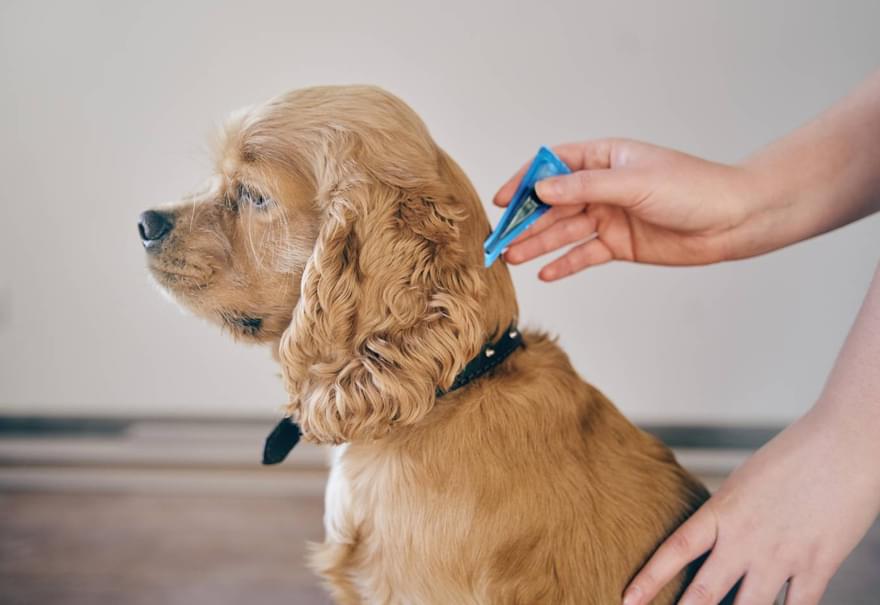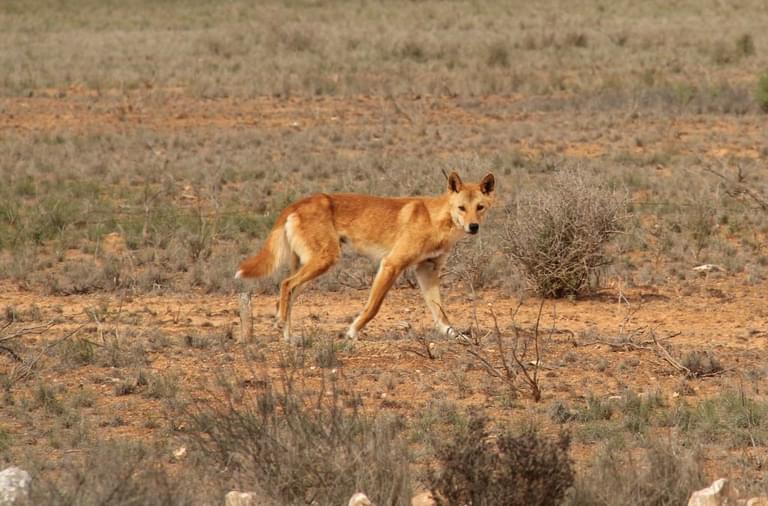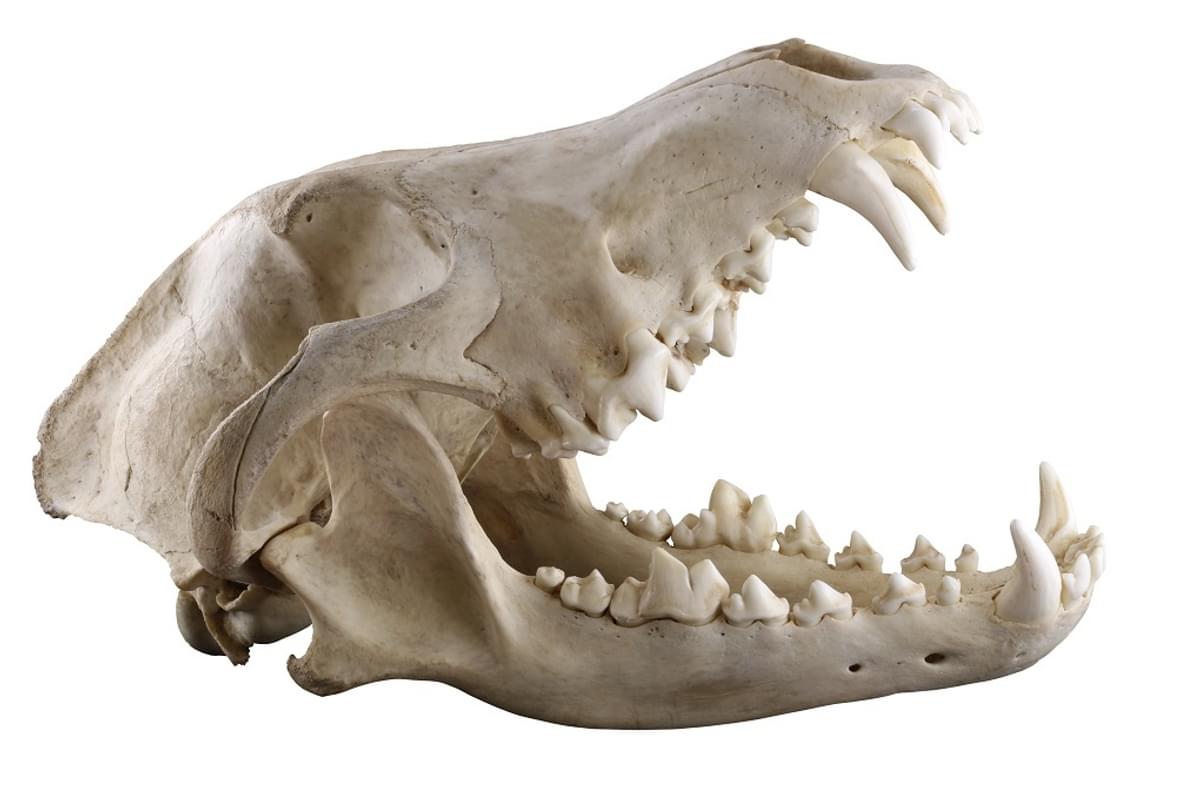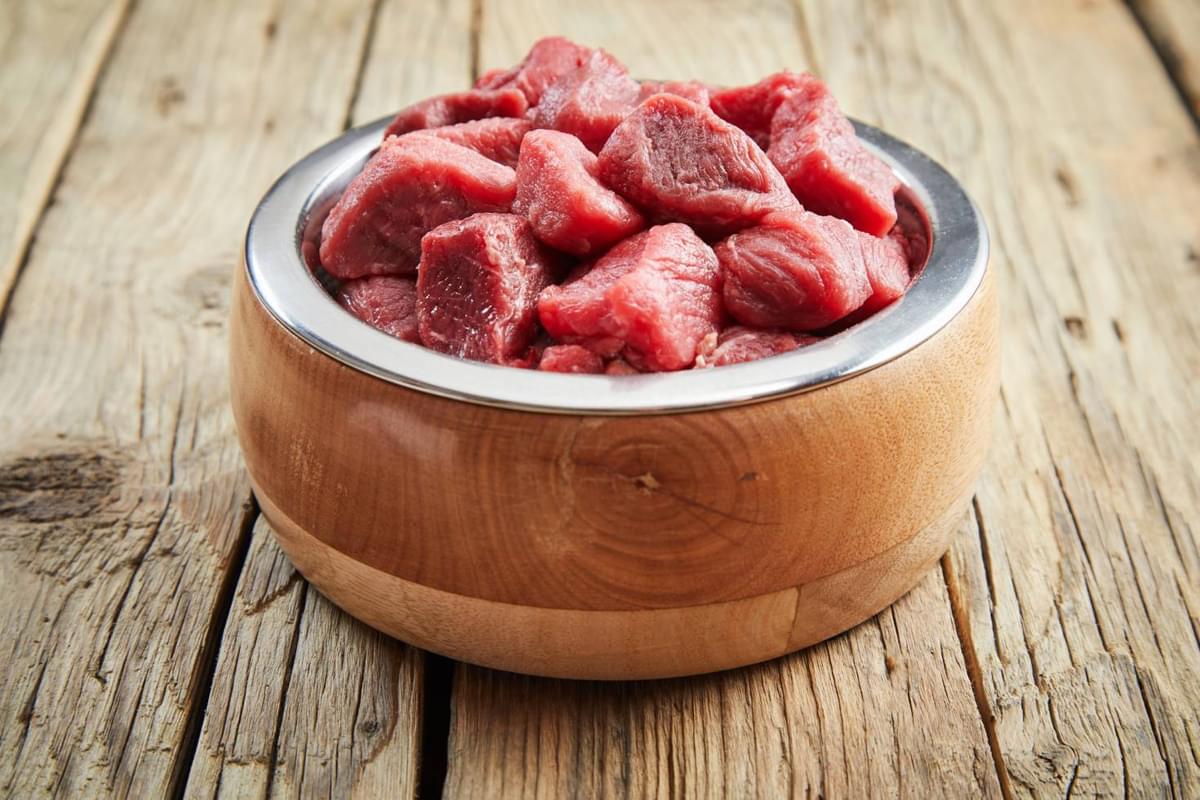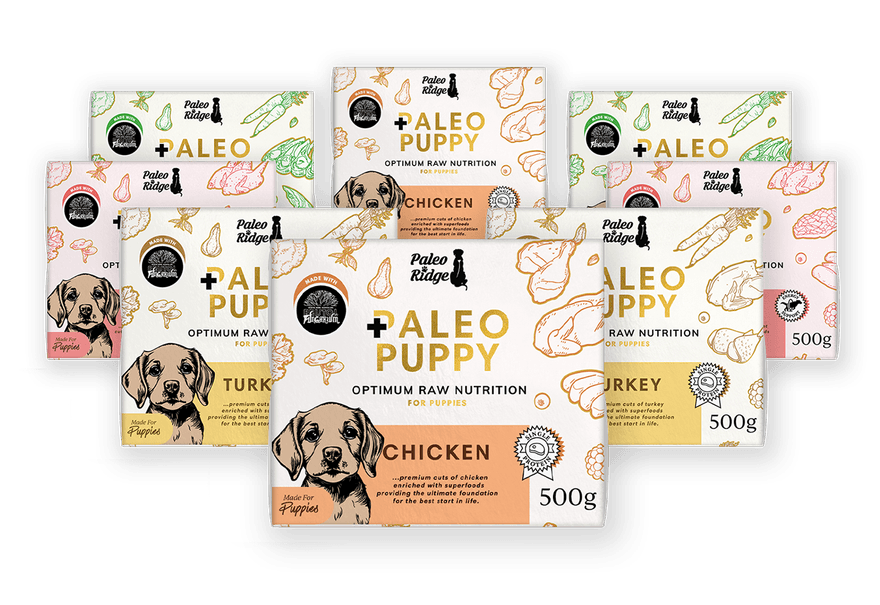Akers, R. M. and Denbow, D. M. (2008). Anatomy and physiology of domestic animals. Oxford: Blackwell.
Corbett, L. (2004). "Dingo". Canids: Foxes, Wolves, Jackals and Dogs. International Union for Conservation of Nature and Natural Resources.
Feldhamer, G. A. (2003). Mammology: Adaptation, diversity, and ecology, 2nd Ed. New York: McGraw-Hill. O’Reece, W. (2004). Dukes’ physiology of domestic animals (12th ed.). Ithaca, NY: Comstock Publishing.
Fleming, F., Corbett, L., Harden, R. and Thomson, P. (2001). Managing the impacts of dingoes and other wild dogs. Canberra, Australia: National Heritage Trust, Bureau of Rural Sciences.
Gill, J., Hoffmannowa, H. and Piekarz, R. (1964). Studies on digestive physiology in the wolf, dingo, and jackal. II. Digestive ability of the pancreas, duodenum and salivary glands and size of the alimentary tract and weight of internal organs. Acta Physiologica, 15(1): 137–148.
National Research Council (NRC) (2006). Nutrient requirement of dogs and cats. Washington, DC: National Academies Press.
